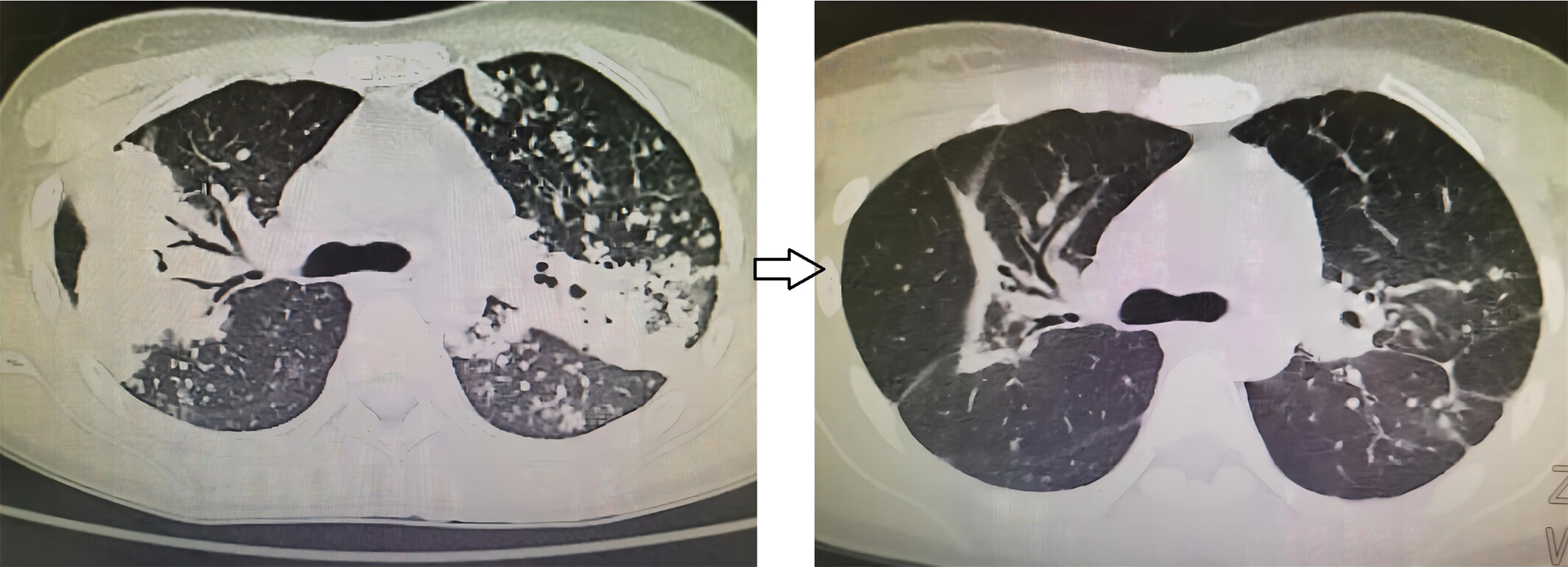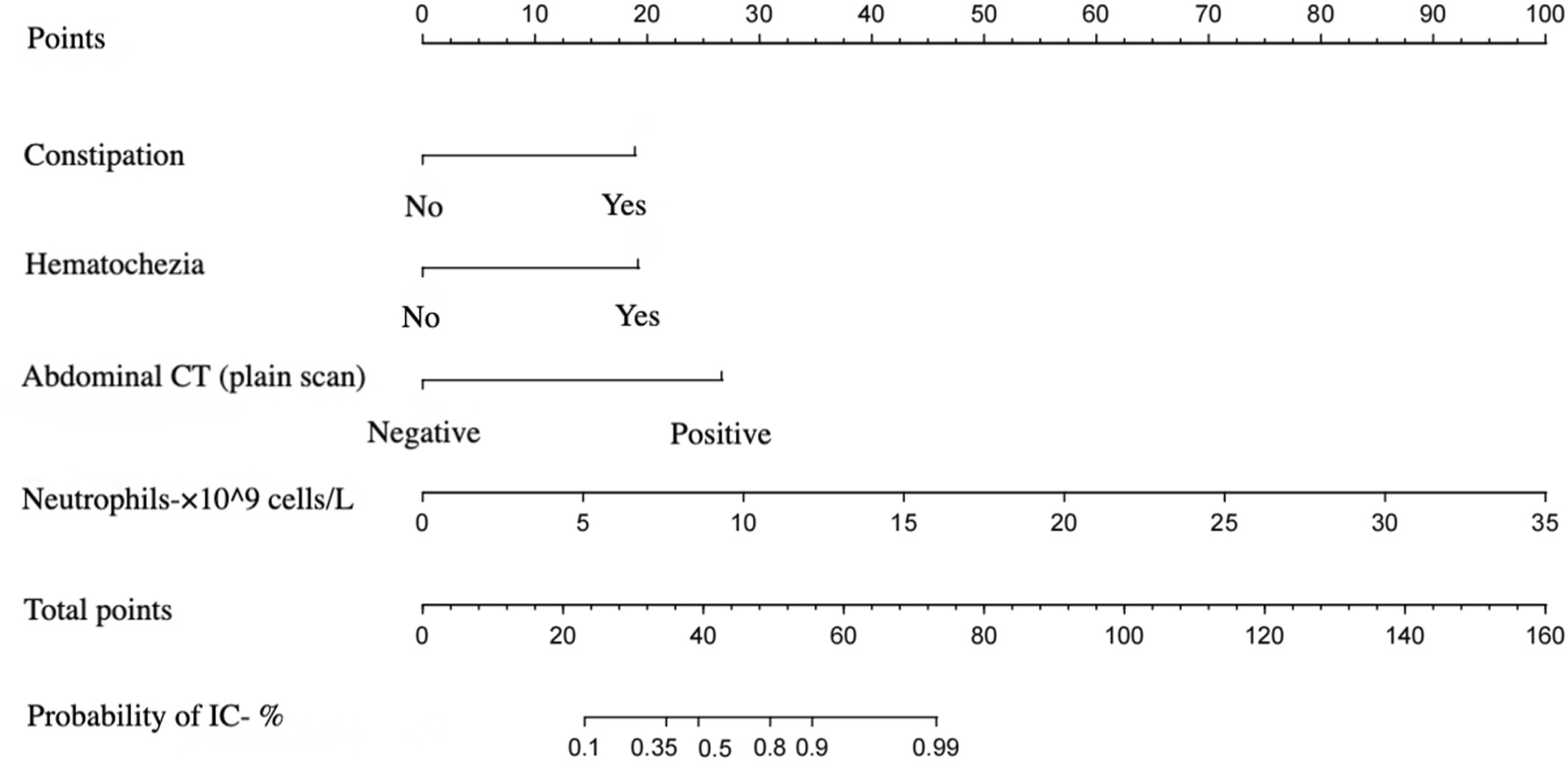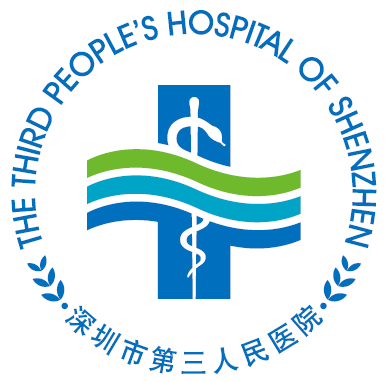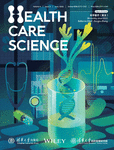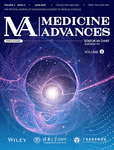Journal list menu
Export Citations
Download PDFs
ISSUE INFORMATION
ORIGINAL ARTICLE
Accuracy evaluation of Roche Accu-Chek Performa blood glucose meters at low glucose concentrations: A nine-year retrospective study
- Pages: 141-148
- First Published: 17 June 2024
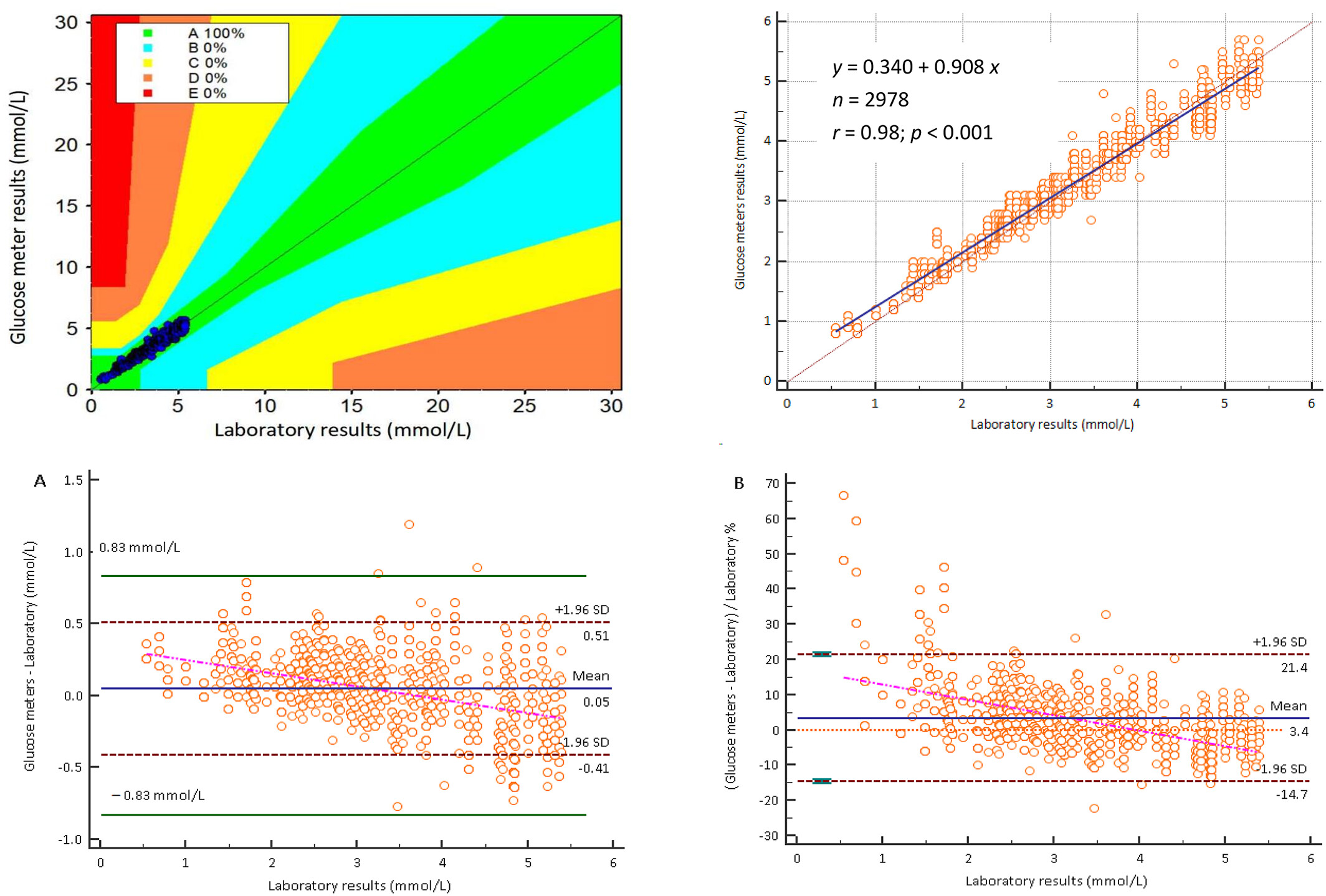
This study evaluated the accuracy of Roche Accu-Chek Performa glucose meters at low glucose concentrations of <5.55 mmol/L (100 mg/dL) over a 9-year period against the ISO 15197:2003 standard. Two key findings: (1) the Roche Accu-Chek Performa glucose meters excellently fulfilled the accuracy standards of ISO 15197:2013 for measuring blood glucose within the hypoglycemic range. (2) It is worth noting that the system accuracy of glucose meters varies significantly, performance verification of glucose meters before clinical application is essential and necessary.
Clinical efficacy and computed tomography diagnostic value of bedaquiline-containing regimens in the treatment of drug-resistant pulmonary tuberculosis
- Pages: 149-156
- First Published: 27 August 2024
A predictive model for ischemic colitis: Integrating clinical and laboratory parameters
- Pages: 157-167
- First Published: 14 July 2024
A retrospective analysis of the relationship between dermatomyositis-associated interstitial lung disease and disease duration, age, arterial blood gas pH, and serum Cl− levels
- Pages: 168-177
- First Published: 12 September 2024
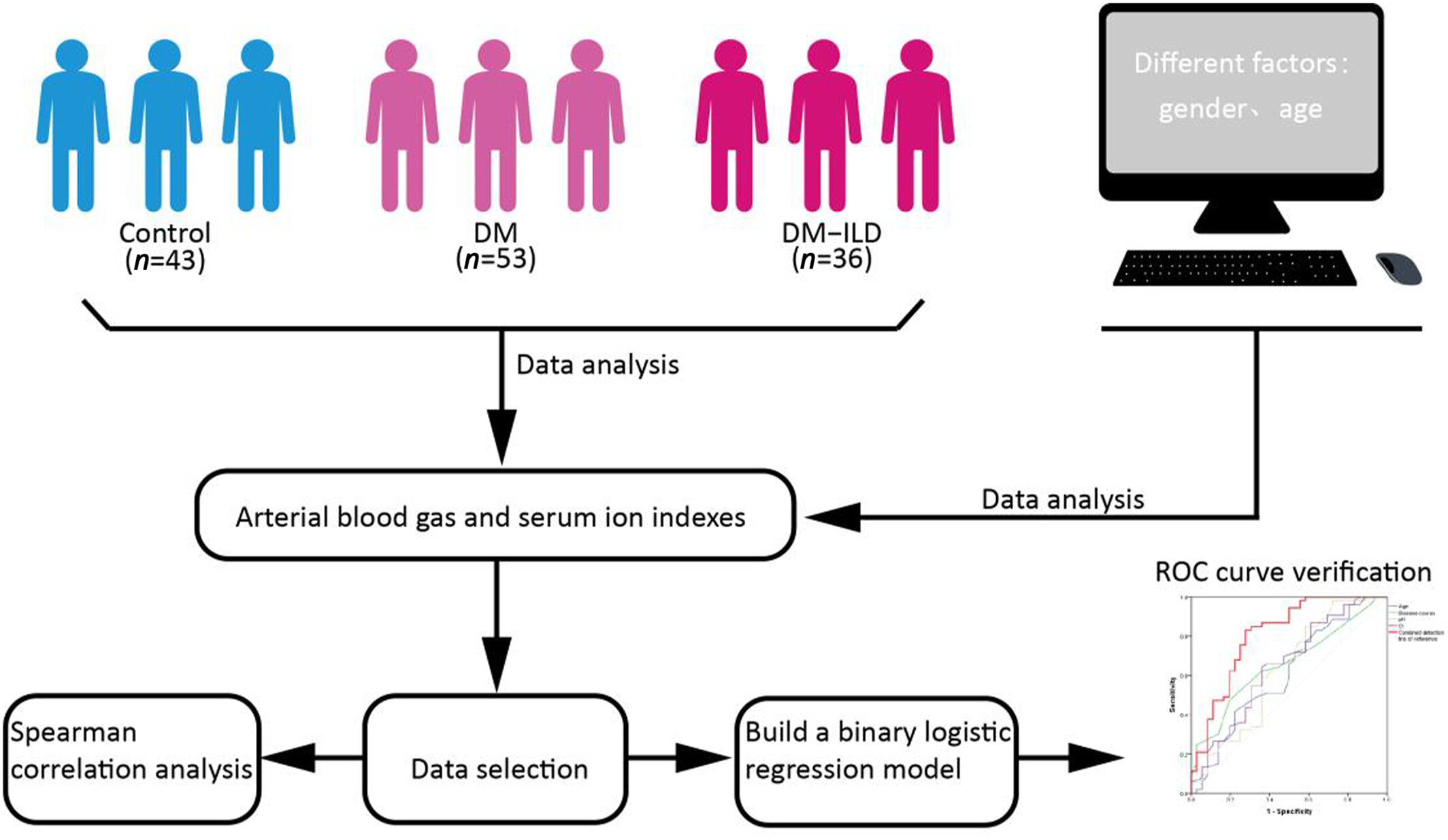
This review highlights the role of investigational associations between DM-ILD and arterial blood gas index, serum ion levels, and time to onset of interstitial lung disease, identifying potential predictors of DM-ILD. The main steps of this study are: (1) data analysis, (2) data selection, (3) model building, and (4) ROC validation.
Ginkgo biloba active compounds can modulate the development of acute mountain sickness and ischemic stroke as discovered by network pharmacology and molecular docking
- Pages: 178-196
- First Published: 03 September 2024
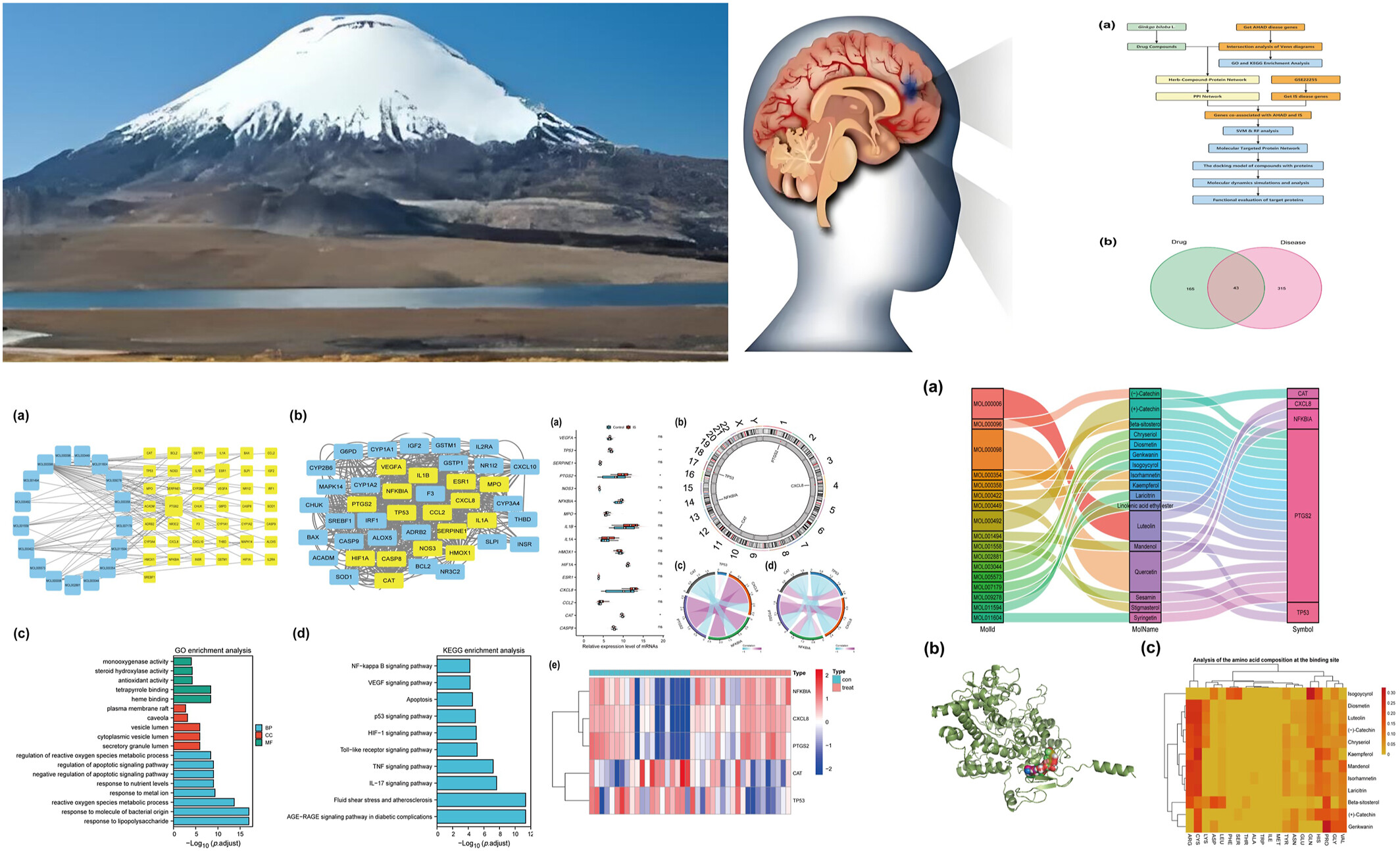
We employed a combination of molecular docking, molecular dynamic simulations, and herbal network pharmacology to investigate the shared key targets and potential mechanisms underlying Ginkgo biloba's preventive effects against acute mountain sickness (AMS) and ischemic stroke (IS). The main target genes of Ginkgo biloba were cross-correlated with the AMS-related genes and identified 43 overlapping genes including VEGFA, TP53, SERPINE1, PTGS2, etc. The ischemic stroke dataset demonstrated significant differences in CAT, TP53, CXCL8, NFKBIA and PTGS2 expression levels. Molecular docking and dynamic simulations indicated that sesamin exhibited stable targeting and binding to PTGS2. The active ingredients of Ginkgo biloba, including luteolin, quercetin and sesamin, had the potential to modulate the development of AMS and IS through targeted interactions with key proteins including TP53, CXCL8, NFKBIA, PTGS2, and CAT.
Etiology, clinical features, and epidemiological analysis of diarrhea patients visiting a gastrointestinal clinic in a comprehensive hospital in Beijing, China, in 2023
- Pages: 197-204
- First Published: 19 September 2024

(1) We investigated the clinical features and epidemiology of diarrhea patients and analyze the current distribution of 20 enteropathogens causing diarrhea in a comprehensive hospital in Beijing, China, in 2023. (2) The incidence of diarrhea was related to hot weather and foodborne illness. (3) Enteroaggregative Escherichia coli was the predominant agent. (4) Seasonality of bacterial distribution was observed. (5) Bacterial diarrhea may cause systemic infection.
REVIEW
Regulatory factors of ILC2 are therapeutic targets for lung inflammation
- Pages: 205-220
- First Published: 23 September 2024
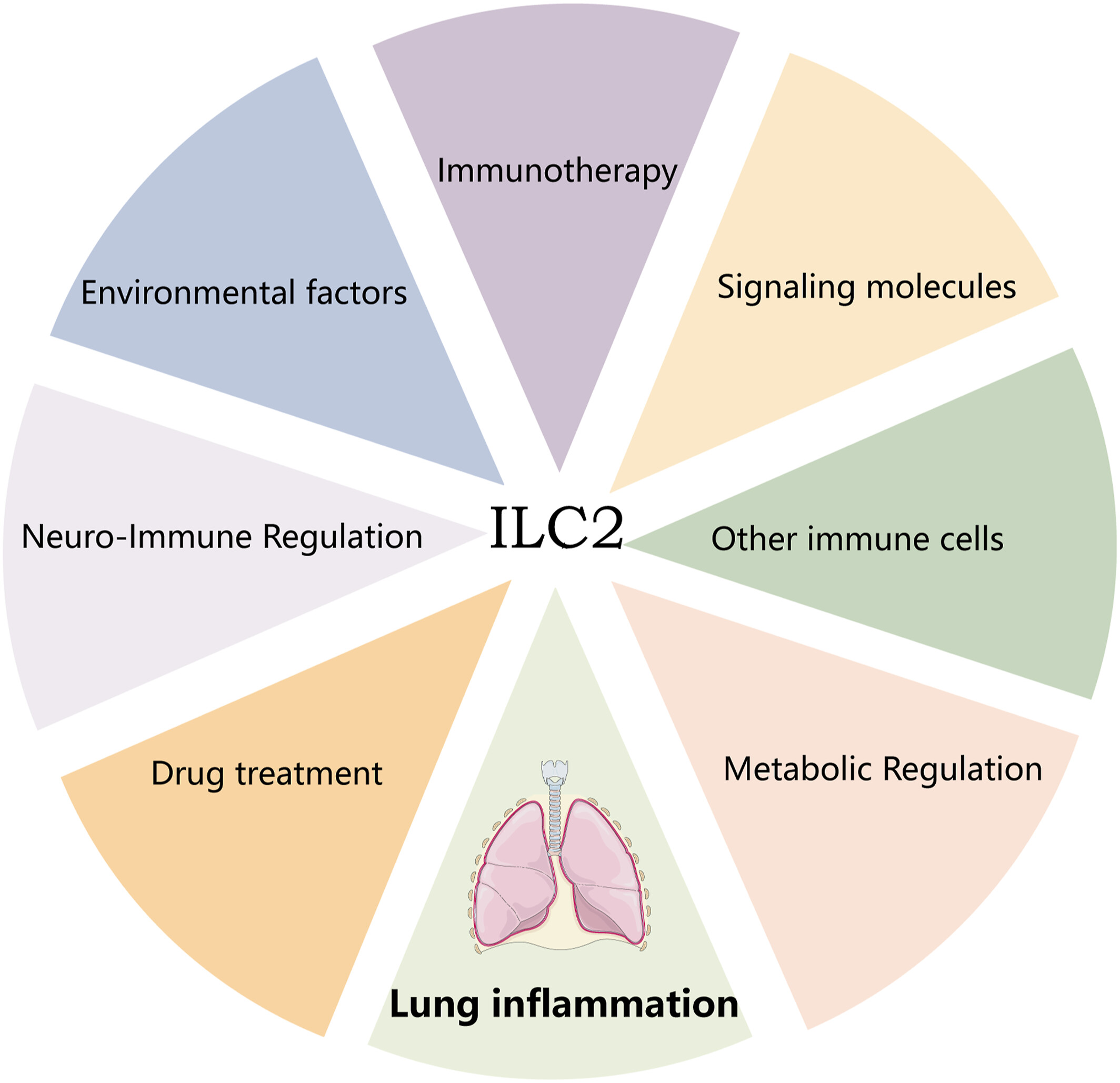
ILC2s is a significant population of innate immune cells, which are activated by epithelial-derived alarmins IL-25, IL-33 and TSLP to secrete type 2 cytokines, playing important role in the regulation of lung inflammation. This article reviews the various factors regulating ILC2s in lung inflammation, especially in allergic diseases. These studies prove that ILC2s play a key role in the treatment of lung inflammation. Targeting ILC2s and related regulatory factors is expected to become a new direction for the treatment of lung inflammation, and also provides new therapies for the development of more effective treatments for lung inflammation in the future.
CASE REPORT
A case of central nervous system infection with Scedosporium boydii
- Pages: 221-225
- First Published: 11 June 2024
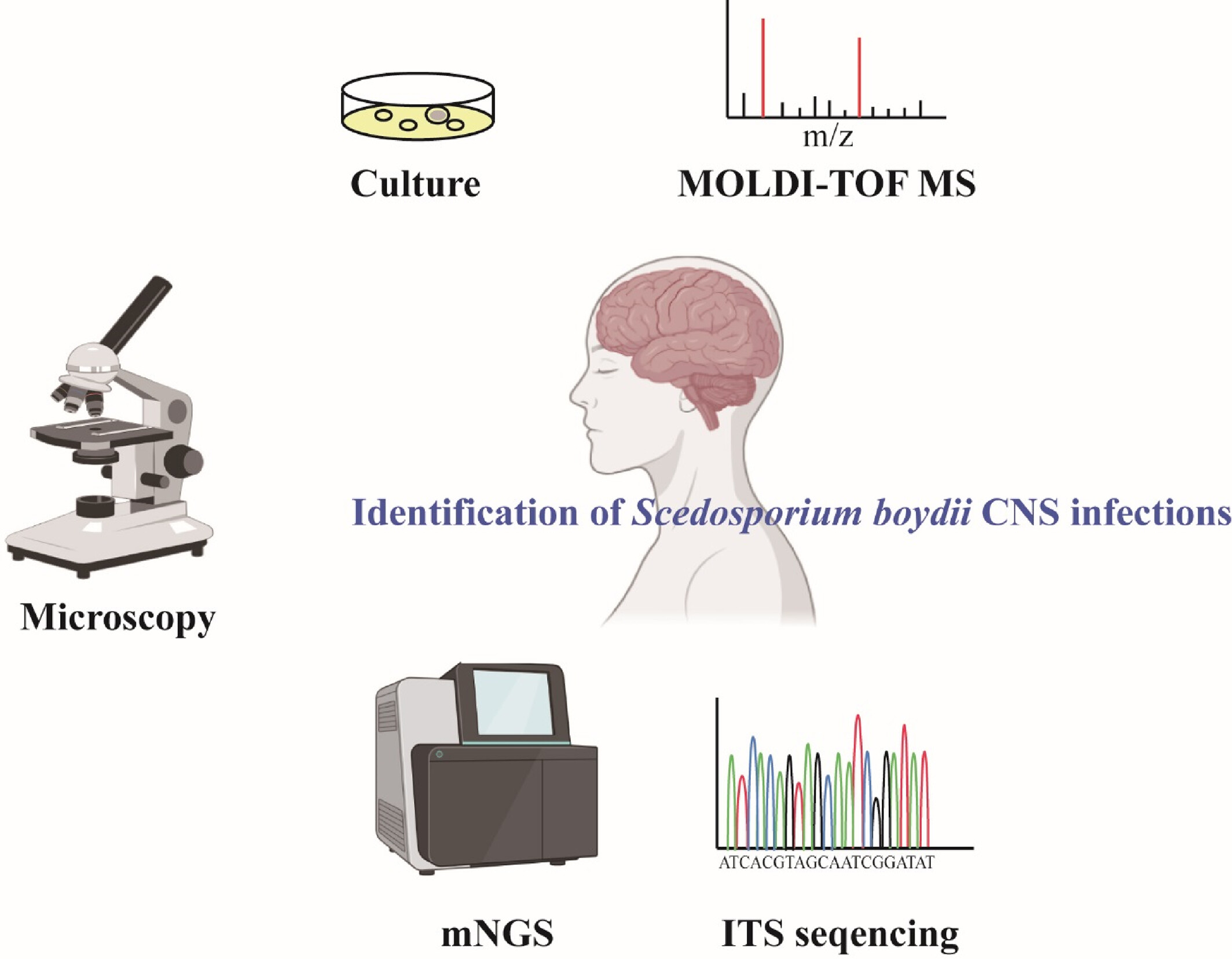
This research described a case of a man with brain abscesses infected with Scedosporium. boydii. It emphasized the importance of using multiple methods for early identification, including microscopy, culture combined with Matrix-assisted laser desorption ionization time-of-flight mass spectrometry (MALDI-TOF MS), internal transcribed spacer (ITS) sequencing, and Metagenomic next-generation sequencing (mNGS) methods.
CORRECTION
Correction to “The exploration of cell population data in clinical use: Beyond infectious diseases”
- Page: 226
- First Published: 16 July 2024





